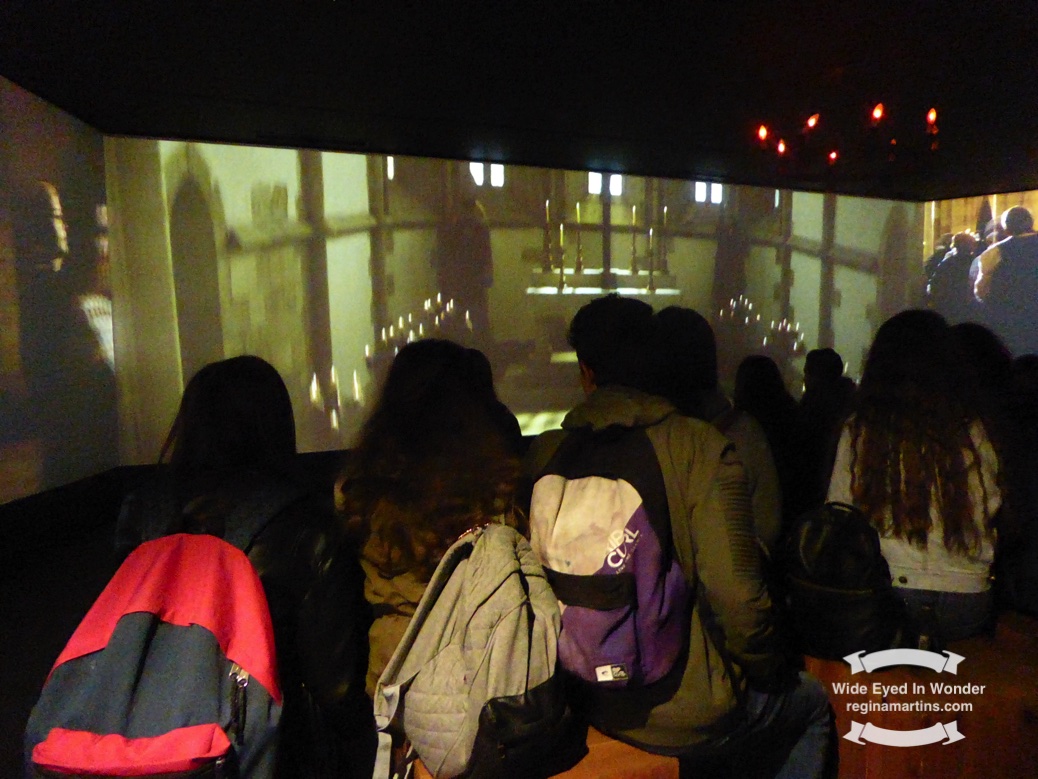Saturday 1 November 1755.
Many people were in church, celebrating All Saints Day.
Without warning the earth began to shake. Buildings swayed catching people unawares. Children began to cry. Men and women looked up, fearful of the growing rumble. Fissures rent the earth apart. Buildings began to crumble and fell in on themselves, rafters and masonry burying worshippers beneath their colossal weight.
Six minutes is all it took to raze one of the most modern European cities of the time to the ground. Those who survived these six infernal minutes ran outside, down to the docks, for fear of being buried beneath falling buildings.
They watched in fear as the water began to recede. 40 minutes later a wall of roiling water rushed up the Tagus River, the tsunami engulfing the city and taking the lives of those who’d survived the earthquake. Two more waves drowned the already destroyed city killing any survivors. Fires raged in the city for five days after.
The number of dead is disputed to this day. Reports say between 10,000 and 100,000 people died in the earthquake and tsunami of 1 November 1755. According to today’s seismologists, it measured a 9.0 on the Richter scale, making it one of the most severe quakes in history.
Most of Lisbon was decimated. Many historical buildings and libraries were destroyed, including the stunning Gothic Convento do Carmo. The ruins of this structure still stands today, untouched, as a reminder of that day.
The reconstruction of Lisbon led to seismically constructed buildings, probably the first such buildings in the world at the time. The Marquis of Pombal who led the reconstruction of the city tested wooden models before construction began to ensure that they could withstand another earthquake of that severity.
The earthquake of 1 November 1755 has affected the psyche of the Portuguese people and is part of the national identity, still, to this day. It was one of those events that redefined a people, who still talk about it today.

©2017 Regina Martins
The story of the earthquake is evocatively told at the Lisboa Story Centre in the Praça do Commercio, at Terreiro do Paço. It showcases the history of Lisbon from pre-medieval times, through the earthquake to modern day. In a darkened room the earthquake is simulated, a movie projected on three walls and sound booming from hidden speakers, to try and convey an idea of what it was like all those centuries ago.
Saturday 1 November 1755.
Many people were in church, celebrating All Saints Day.
The day a city was reborn.
Discover more from Wide Eyed In Wonder
Subscribe to get the latest posts sent to your email.



Hi!
Well. I´m glad it was all reconstructed.
I feel bad for all the victimsof such horrible earthquake. Hopefully we won´t see anything like it again.
That reminded me of the 1985 Mexico City earthqueake in which there were 40,000 victims and 10,000 deaths.
It´s so sad when we are witnesses or victims of these natural disasters. Because the truth is… there´s no way to fight them
Indeed, and now it’s the happenings in Indonesia with the earthquake and tsunami…
Thanks for educating me by telling a story I’d never heard before in such an effective and powerful manner. Well done.
Thanks Judy. It lifts my heart to hear that 🙂